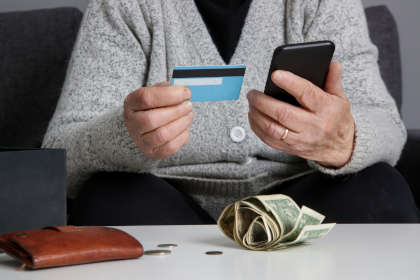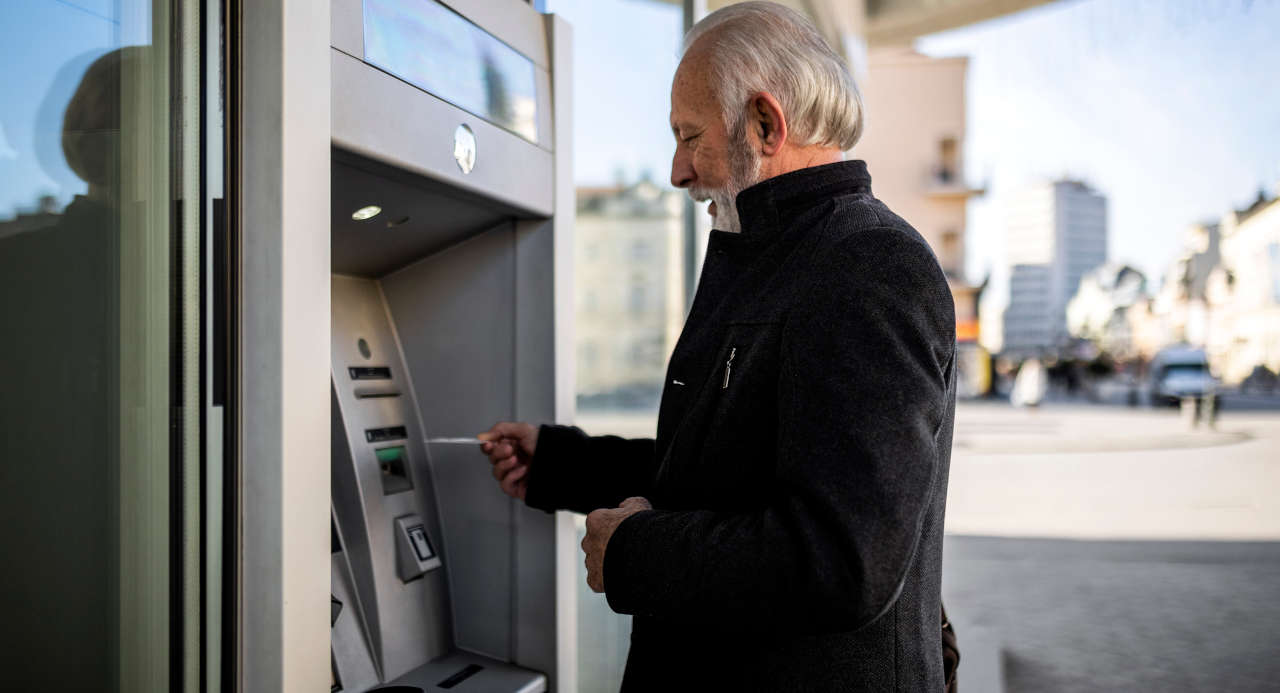Technological advancements have eased the lives of humans in many ways. But the sad part is that the progress in technology has directly increased fraudulent activities, and the only way to protect yourself from harm is to take additional precautions, avoid sharing personal information, and stay alert at all times.
Medbox: A Safer Way To Take Medication
Fraudsters engage in various fraudulent activities, like accessing your financial account and stealing money or gaining healthcare services. In this article, we will discuss various types of identity theft and how you can identify and protect yourself from them.
What Is Identity Theft?
As the name indicates, identity theft is when someone steals and misuses your personal information, like your debit card number, email or website login details, social security number, credit card information, or other sensitive information.
Identity thieves can then use your personal information to make purchases, hire services, empty your bank account, steal money, open new accounts, file taxes, and more.
5 Common Types of Identity Theft and How To Protect Yourself
1. Medical Identity Theft
Medical identity theft is a type of ID theft in which fraudsters impersonate themselves by stealing and using another person’s personal or health information to gain medical benefits or services. Fraudsters can use your information like your phone number, name, medicare number, health insurance information, social security number, or others.
After stealing your personal information, medical identity thieves make false claims to get illegal access to your health insurance or medical services without your authorization or approval.
How To Identify Medical Identity Theft
You can identify medical identity theft using the following signs:
- You start receiving unknown transactions or medical bills for services or purchases you are unaware of or did not receive.
- You receive notification from your insurance company for taking any benefits, purchases, or services.
- You notice any unusual collections or red flags on your credit reports.
- You receive phone calls or messages about transactions or medical debt.
- You notice incorrect medical or personal account details at your pharmacy, clinic, or doctor’s office.
- Other unusual or red flag signs regarding things you didn’t do.
Get Your Pills Pre-sorted and Delivered at No Extra Cost
How To Protect Yourself From Medical Identity Theft
You can protect yourself from medical identity theft by adhering to the following precautions:
- Never share your personal account details with anyone, no matter what they claim or offer. For example, Don’t share your debit or credit card number, health insurance information, birth certificate, social security number, or any other important information with anyone on phone calls or online. Even if they offer any deals or free services or claim themselves to be a bank or company owner, do not share any personal health information or login details.
- Dispose of all your transaction slips, bills, or medical documents containing any personal information after shredding or tearing them completely. Do not dispose of them as it is.
- If you receive any unusual transactions, insurance benefits, or medical bills, immediately freeze your accounts and contact your medical insurance company or service provider.
- If you lose or misplace your medical or insurance cards, debit cards, or other important medical information, contact your service provider and request a new account or change the passwords.
2. Debit Card or Credit Card Fraud
Debit card or credit card fraud is one of the most dangerous and harmful types of identity theft.

In this type of fraud, the fraudster uses a fake and similar debit card reader at different sales points to capture your PIN (personal identification number) or card number and uses them to make purchases.
You won’t recognize the machine as fake as it looks similar to regular ATM machines. But the fraudsters will scan your card information with the machine and use your PIN for illegal purposes, like withdrawing cash and making unauthorized purchases.
How To Identify and Protect Yourself From Debit Card Frauds
- If you notice any unusual or additional purchase made from your debit card, it can be a sign of debit card fraud. Freeze your account immediately to avoid more illegal purchases.
- Regularly check your message notifications and account balance online to identify any illegal purchases or fraudulent activity on your credit card or debit card.
- Never share your PIN (personal identification number) with anyone, no matter how close or sincere they seem. Fraudsters often pose themselves as bank owners to receive your card details. But remember, a bank or reputable company will never ask for your personal card information online or on calls.
- Avoid making frequent purchases with your debit card. Using cash or credit cards is a safer option to make purchases.
- Don’t use an ATM or card machine if you notice it as an unfamiliar card reader or if it looks new or unusual in any sense. Use ATMs and machines that are present in recognized locations and monitored by cameras. A skimming device for credit or debit cards can be found at gas stations, casinos, or stores and may be located in insecure places.
Medbox: A Safer Way To Take Medication
3. Criminal Identity Theft
Criminal identity theft is when a person commits a crime but uses your personal information to claim you as the criminal and poses himself as another person. This results in a criminal record of the victim (you) instead of the actual person.
How To Protect Yourself From Criminal Identity Thefts
The only way to protect yourself from criminal identity fraudsters is to protect and avoid sharing your personal information.
- Avoid using public Wi-Fi and sharing online data.
- Use two-factor authentication and strong passwords for all your accounts.
- Keep your ID cards secure.
- Learn to recognize phishing attacks.
- Limit sharing your personal information with anyone.
4. Tax Identity Theft
Tax identity theft is when a fraudster uses your personal information, like your social security number, to report a fraudulent activity and file a tax return.
How To Identify and Protect Yourself From Tax Identity Thefts
Some common signs that you are a victim of tax identity theft may be:
- If you receive a letter from the IRS or tax transcript claiming that you have filed a tax return that you did not file yourself
- You are unable to file a tax return because of a duplicate social security number
- Any other notice from the IRS claiming a suspicious tax-related activity
To protect yourself from tax identity theft, it is advisable to:
- Not carry your social security card unless clearly needed
- Safeguard and keep your social security number and personal information private
- File your tax return early, as it will reduce the chances of a criminal filing a false tax return
Your Prescriptions Sorted and Delivered
5. Child Identity Theft
Child identity theft is when a fraudster uses a child’s personal information, like name, birth date, SSN, ID number, or other information, to commit various crimes, like creating a fake account, taking out loans, or gaining other benefits.
How To Protect Your Child From Identity Theft
- Freeze your child’s credit to block access to all credit applications. This way, a criminal won’t be able to request loans under your child’s name. You can unfreeze the credit when your child is older.
- Monitor your child’s online activities using parental controls. Restrict sharing of your child’s personal information online.
- Teach your child to keep their personal information private and never share their details with anyone.
- Limit making accounts under your child’s name until they are mature enough to understand sensitive matters.
- Never share your child’s personal information, like their social security number, birth date, name, account details, or credit details, with anyone.


